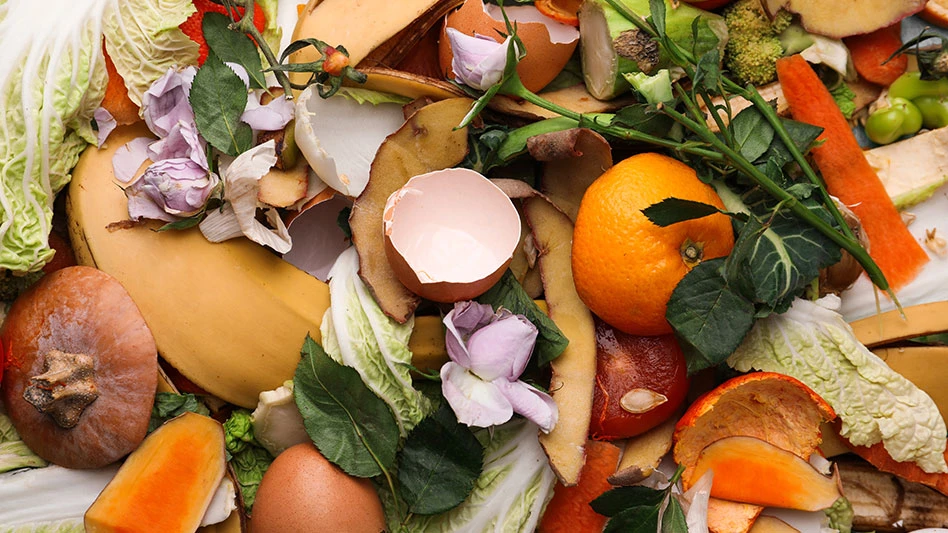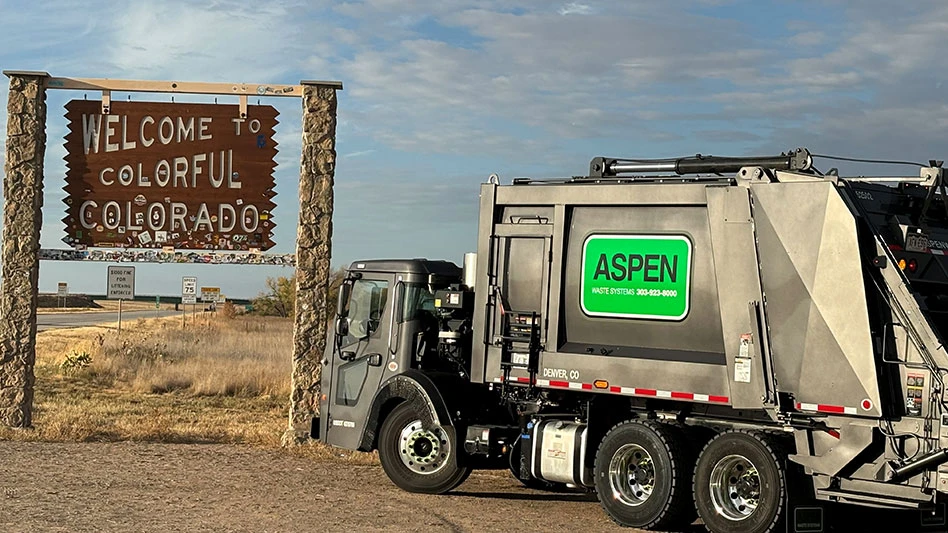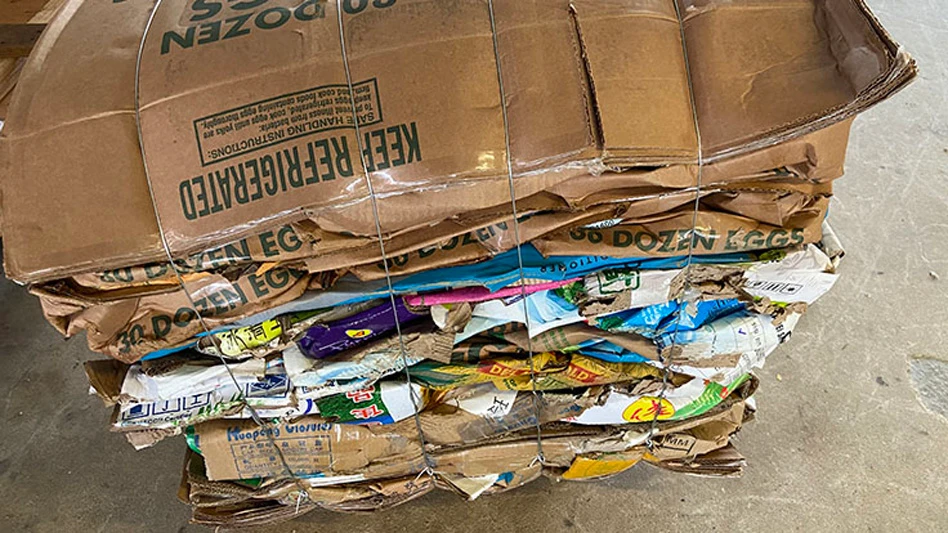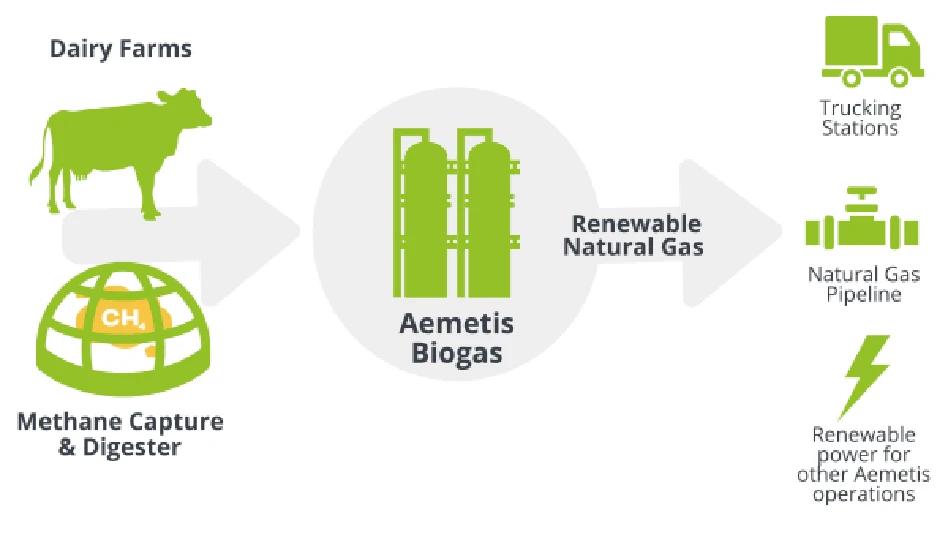
New Africa | stock.adobe.com
The U.S. Environmental Protection Agency (EPA), the U.S. Department of Agriculture (USDA) and the U.S. Food and Drug Administration (FDA) announced a new national strategy for reducing food loss and waste and recycling organics.
The strategy provides tangible goals that the U.S. government partners along with retailers and consumers can work toward to help further prevent the loss and waste of food, increase recycling of food and other organic materials to support a more circular economy for all and reduce greenhouse gas emissions.
In the U.S., more than one-third (nearly 100 million tons per year) of the municipal waste stream is organic waste, of which food is the majority, according to a news release from the administration.
RELATED: Biden administration releases food waste reduction strategy
“Each year, too much food produced in the United States ends up in landfills instead of on dining room tables. This hurts our economy by raising the cost of food and contributing to climate pollution,” says Michael S. Regan, EPA administrator. “The national strategy we are announcing today provides a comprehensive set of actions that the Biden-Harris administration will take to reduce waste and protect our environment while improving food security and saving money for families and businesses.”
Recent EPA research shows that 58 percent of methane emissions released to the atmosphere from landfills are from food waste. Each year in the U.S., food loss and waste create potent greenhouse gas pollutants equal to the emissions of 60 coal-fired power plants. The strategy aims to prevent and divert organic waste from landfills to reduce GHG emissions and highlights opportunities, especially where there are environmental justice concerns, to build community-scale organics recycling infrastructure, reduce pollution and create jobs.
“USDA is committed to reducing food loss and waste, facilitating many programs and activities to assist farmers, producers, communities and businesses,” U.S. Agriculture Secretary Tom Vilsack says. “This national strategy charts a course to reduce our nation’s food loss and waste by 50 percent by 2030, and I am proud of the actions outlined for USDA and our federal partners. Everyone has a role to play in reducing food loss and waste, and I hope that these federal commitments will inspire and catalyze action in the private sector and communities around the U.S.”
The strategy drives progress toward the National Food Loss and Waste Reduction Goal to reduce the loss and waste of food by 50 percent by 2030. In 2021, EPA updated its U.S. baseline to align the 2030 goal with the United Nations’ Sustainable Development Goal Target 12.3, which aims to reduce the amount of food from food retail, food service and households that has been removed from the human supply chain.
The strategy highlights four objectives: preventing food loss, preventing food waste, increasing the recycling rate for all organic waste, and supporting policies that incentivize and encourage the prevention of food loss and waste and organics recycling.
For each objective, the strategy highlights actions that EPA, FDA or USDA could take. Examples of specific EPA actions include developing and leading a national consumer education and behavior change campaign, leveraging grants to support the development of additional organics recycling infrastructure or expanding the market for products made from recycled organic waste.
Latest from Waste Today
- Capital Waste acquires Tennessee Waste Haulers
- Van Dyk partners with Reckelberg Environmental Technologies
- CRI submits comments to CalRecycle on CRV handling payments
- Reworld acquires EnviroVac Waste Transport
- Waga Energy partners on RNG project at France landfill
- Hawaiian county selects landfill site
- CAA submits final draft program plan in Oregon
- Washington city adds organics collection to waste service





